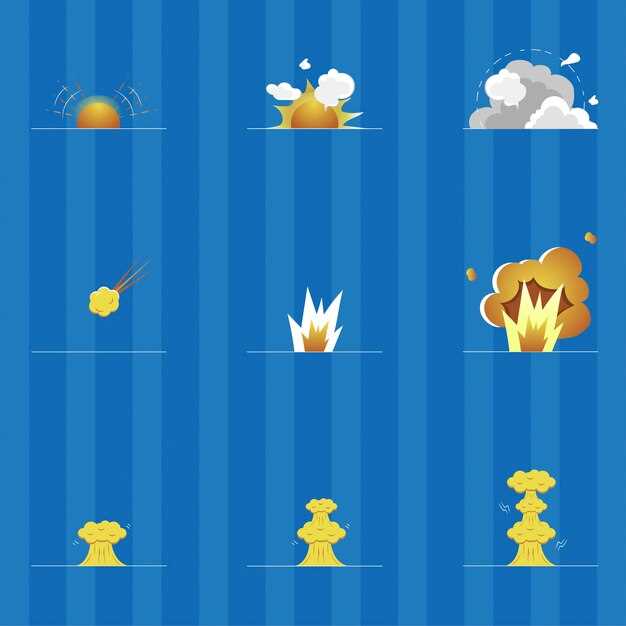
Understanding bullet drop and trajectory

In the realm of ballistics, the behavior of a bullet in flight is a complex interplay of physics and environmental factors. The moment a bullet is fired, it embarks on a trajectory that is influenced by various forces, including gravity, air resistance, and the initial velocity imparted by the firearm. Understanding these dynamics is crucial for marksmen, hunters, and anyone relying on precision shooting.
One of the most significant phenomena affecting a bullet’s trajectory is bullet drop, which refers to the downward displacement of the bullet as it travels towards its target. As the bullet ascends momentarily due to the angle of the shot, gravity begins to exert its influence, pulling the projectile downward. This effect becomes more pronounced over longer distances, necessitating adjustments in aim to ensure accuracy.
Moreover, factors such as wind speed, bullet weight, and caliber also play pivotal roles in shaping the bullet’s path. A comprehensive grasp of these ballistic principles allows shooters to make informed decisions about aiming adjustments and improves overall shooting effectiveness. Through this exploration of bullet drop and trajectory dynamics, we can achieve a deeper understanding of the science behind accurate marksmanship.
Calculating Bullet Drop for Different Distances

Understanding bullet drop is essential for accurate shooting, especially at varying distances. Bullet drop refers to the vertical distance a bullet falls due to gravity as it travels toward a target. This phenomenon is influenced by several factors, including the bullet’s initial velocity, the ballistic coefficient, and environmental conditions. To accurately calculate bullet drop for different distances, shooters can employ a variety of methods and formulas.
To begin with, the basic formula for estimating bullet drop (in inches) at a given distance (in yards) is derived from the physics of projectile motion. The formula can be expressed as:
Drop = (Distance × Distance) / (2 × Velocity × 32.2)
In this equation, “Distance” is the distance to the target in yards, and “Velocity” is the muzzle velocity in feet per second. The constant 32.2 represents the acceleration due to gravity (in feet per second squared). This formula provides a foundational understanding but does not account for more advanced factors such as air resistance and windage, which can significantly affect a bullet’s trajectory.
For more precise calculations, shooters can use ballistics software or ballistic calculators that consider factors such as the bullet’s weight, shape, atmospheric conditions, and even specific angle of fire. These tools utilize algorithms based on empirical data and can provide detailed estimates of bullet drop at various distances, allowing shooters to make informed adjustments to their aim.
Additionally, shooters should observe the ballistic performance of their specific caliber and projectile combination, as different ammunition behaves variably across distances. By conducting field tests and recording impact points at multiple distances, one can create a personalized drop chart, further enhancing shooting accuracy.
In conclusion, calculating bullet drop for different distances requires an understanding of both basic physics principles and advanced ballistic concepts. By applying formulas and utilizing accurate data, shooters can significantly improve their accuracy regardless of distance, leading to more successful engagements in various shooting scenarios.
Factors Influencing Bullet Trajectory in Various Conditions
Understanding bullet trajectory is essential for accuracy in shooting, as various factors can significantly impact how a bullet travels. Here are the primary influences on bullet drop and overall trajectory:
- Gravity: The most fundamental force affecting bullet drop. As a bullet ascends and descends, gravity pulls it downward, causing a predictable drop over distance.
- Initial Velocity: The speed at which a bullet exits the barrel affects its trajectory. Higher velocities generally lead to flatter trajectories and less drop over short distances.
- Air Resistance: Also known as drag, this force opposes the bullet’s motion through the air. It varies with the bullet’s velocity and shape, influencing the distance traveled before significant drop occurs.
- Altitude: Changes in elevation impact air density. In higher altitudes, lower air pressure means reduced drag, allowing bullets to travel further before experiencing drop.
- Temperature and Humidity: Warmer temperatures result in lower air density, reducing drag and allowing for a flatter trajectory. Conversely, high humidity can increase air density slightly, increasing drag.
- Wind: Lateral wind can displace a bullet off its intended path, requiring shooters to adjust for windage, while headwinds or tailwinds can also affect bullet speed and trajectory.
- Bullet Design: The shape, weight, and material of the bullet influence its ballistic coefficient, impacting how well it can withstand air resistance and maintain velocity.
- Barrel Length: Longer barrels allow bullets to achieve higher velocities before exiting, often resulting in improved accuracy and reduced drop over distance.
- Angle of Fire: Shooting at an upward or downward angle changes the effective distance the bullet travels and alters the effects of gravity and air resistance.
In summary, multiple interconnected factors influence bullet trajectory. Shooters must account for these elements to achieve optimal accuracy and effectiveness in various conditions.
Utilizing Ballistic Software for Accurate Shooting Estimates

In the realm of precision shooting, understanding the dynamics of bullet drop and trajectory is essential for achieving accurate estimates. Ballistic software serves as a vital tool for shooters, enabling them to make informed decisions based on detailed calculations and environmental variables.
Ballistic software calculates how a bullet will perform over distance, accounting for factors such as wind, temperature, humidity, and altitude. These elements significantly influence bullet drop, requiring shooters to adjust their aims accordingly. By inputting specific parameters, such as caliber, bullet weight, and muzzle velocity, users can generate precise trajectories that assist in pinpointing targets effectively.
One of the key advantages of using ballistic software is its ability to simulate different shooting scenarios. Shooters can analyze various distances and conditions to understand how their bullet will behave and where adjustments need to be made. This level of customization enhances shooting accuracy significantly, as it allows for data-driven decisions rather than relying solely on estimation or experience.
Additionally, many ballistic applications come equipped with reticle calculators, which help shooters align their scopes to compensate for bullet drop at extended ranges. By integrating advanced algorithms, these tools provide an easy way to visualize bullet trajectories and the necessary adjustments necessary to hit a target consistently.
In conclusion, utilizing ballistic software not only simplifies the process of estimating bullet drop but also enhances overall shooting proficiency. By leveraging technology, shooters can transform raw data into actionable insights, improving their accuracy and effectiveness in the field.




